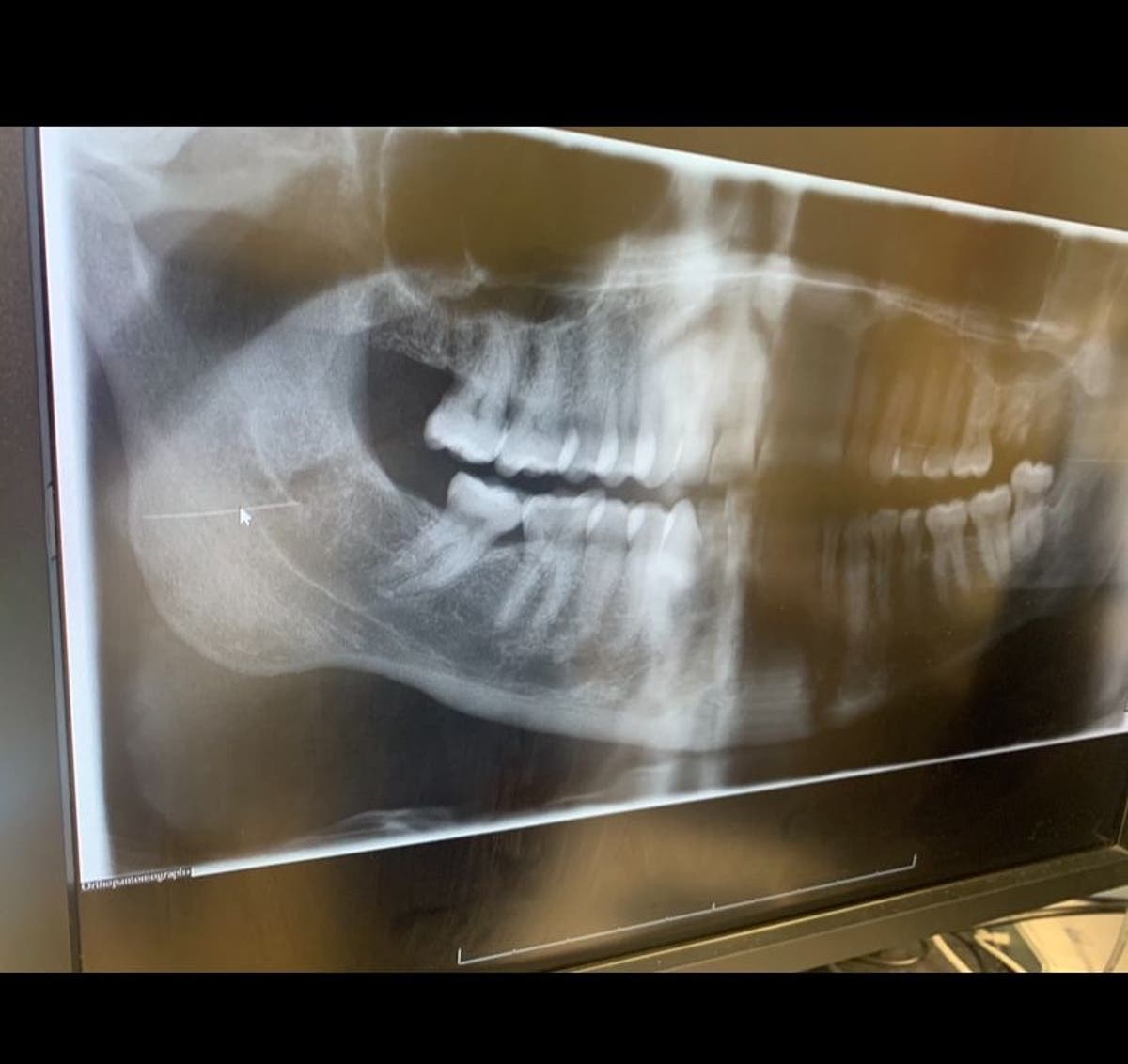
Scientists say they have cracked a decade-old problem that could bring the concept of a "quantum hard drive" closer to reality. The solution involved developing a new type of error-correction system for stabilizing qubits — the building blocks of quantum information — against interference, overcoming a major hurdle facing the development of practical quantum computers . If successfully scaled, the technique could pave the way for highly efficient quantum memory systems capable of storing huge volumes of quantum data, researchers claimed in a new study published Nov.
4 in the journal Nature Communications . "This advance is crucial for the development of scalable quantum computers, as it allows for a more compact construction of quantum memory systems," the researchers said in a statement . "By reducing the physical qubit overhead, the findings pave the way for the creation of a more compact 'quantum hard drive' — an efficient quantum memory system capable of storing vast amounts of quantum information reliably.
" Related: Will we ever have quantum laptops? One of the biggest challenges in quantum computing lies in managing errors that disrupt calculations. Quantum computers rely on qubits, tiny units of quantum information akin to bits in classical computers, that are incredibly sensitive to environmental disturbances like temperature changes and electromagnetic interference. Even minuscule disruptions to a qubit’s delicate quantum state can result in lost data and errors in quantum systems.
Sign up for the Live Science daily newsletter now Get the world’s most fascinating discoveries delivered straight to your inbox. For years, researchers have worked on ways to keep these qubits, and the quantum data they hold, stable. Error correction in quantum systems is typically achieved by organizing qubits in a lattice structure that follows a topological "code.
" The aim is to win an "arms race" by using as few physical qubits as possible to manage errors as they arise, the researchers explained However, current 3D error-correction methods can only handle errors along a single line of qubits, limiting how much error they can manage as the system grows. The researchers overcame this problem by developing an error-correction architecture that uses a 3D lattice of qubits organized by a topological code that enables errors to be corrected across two-dimensional surfaces within the 3D structure, rather than just in a single dimension. This structure can handle more errors as the system grows by correcting them over broader, two-dimensional surfaces within the 3D lattice, allowing it to scale more efficiently, the researchers said — New memory chip controlled by light and magnets could one day make AI computing less power-hungry — IBM's newest 156-qubit quantum chip can run 50 times faster than its predecessor — equipping it for scientific research — 'Quantum CD' could hold up to 1,000 times more data than today's optical disks "There remain significant barriers to overcome in the development of a universal quantum computer.
One of the biggest is that we need to use most of the qubits — quantum switches at the heart of the machines — to suppress the errors that emerge as a matter of course within the technology," lead author Dominic Williamson , researcher at the University of Sydney Nano Institute and School of Physics, said in the statement. "Our proposed quantum architecture will require fewer qubits to suppress more errors, liberating more for useful quantum processing." Prof.
Stephen Bartlett , quantum theorist and director of the University of Sydney Nano Institute, added in the statement: "This advancement could help transform the way quantum computers are built and operated, making them more accessible and practical for a wide range of applications, from cryptography to complex simulations of quantum many-body systems.".










